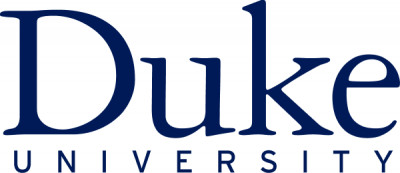This course covers two of the most popular open source platforms for MLOps (Machine Learning Operations): MLflow and Hugging Face. We’ll go through the foundations on what it takes to get started in these platforms with basic model and dataset operations. You will start with MLflow using projects and models with its powerful tracking system and you will learn how to interact with these registered models from MLflow with full lifecycle examples. Then, you will explore Hugging Face repositories so that you can store datasets, models, and create live interactive demos.
By the end of the course, you will be able to apply MLOps concepts like fine-tuning and deploying containerized models to the Cloud. This course is ideal for anyone looking to break into the field of MLOps or for experienced MLOps professionals who want to improve their programming skills.
By the end of the course, you will be able to apply MLOps concepts like fine-tuning and deploying containerized models to the Cloud. This course is ideal for anyone looking to break into the field of MLOps or for experienced MLOps professionals who want to improve their programming skills.

